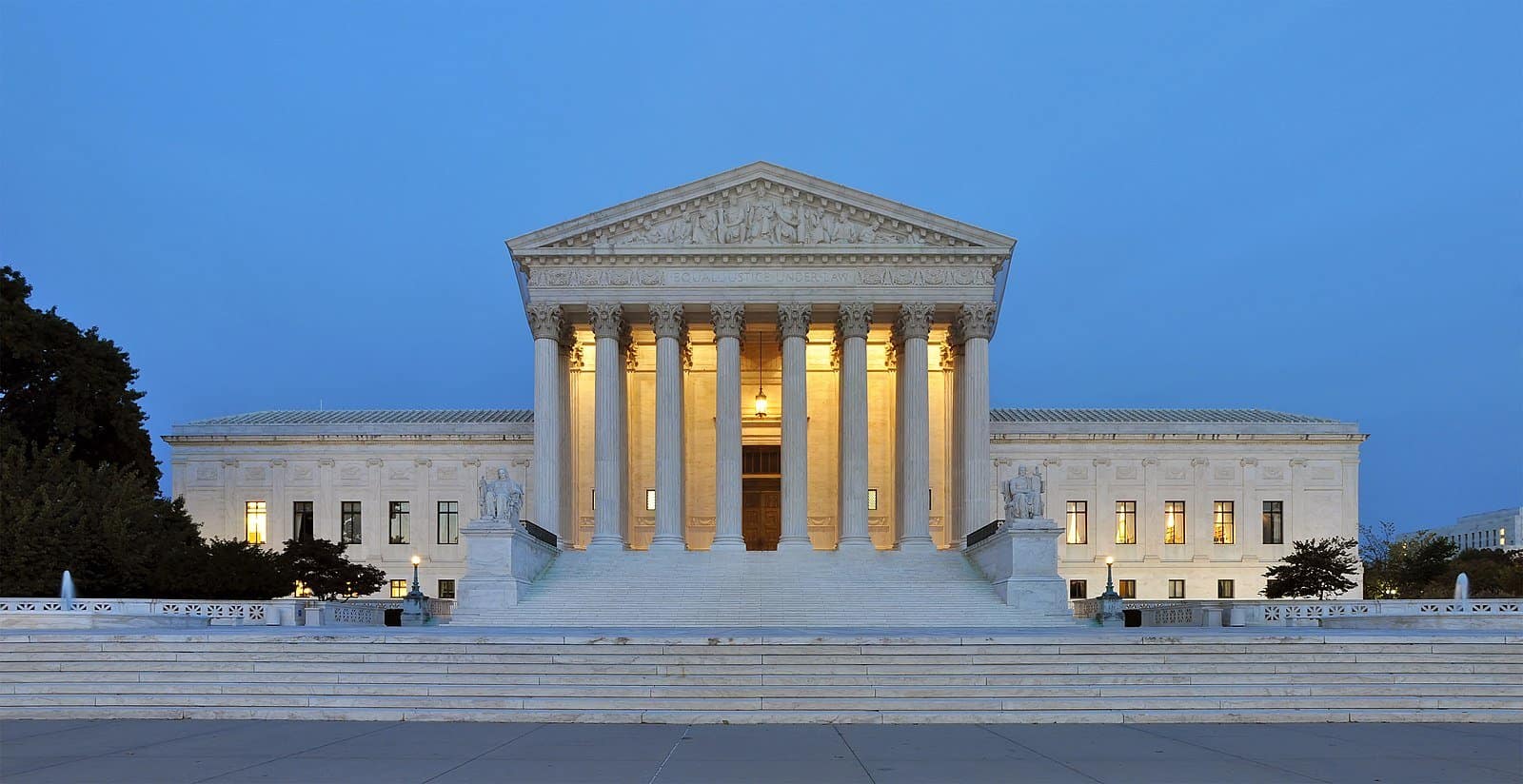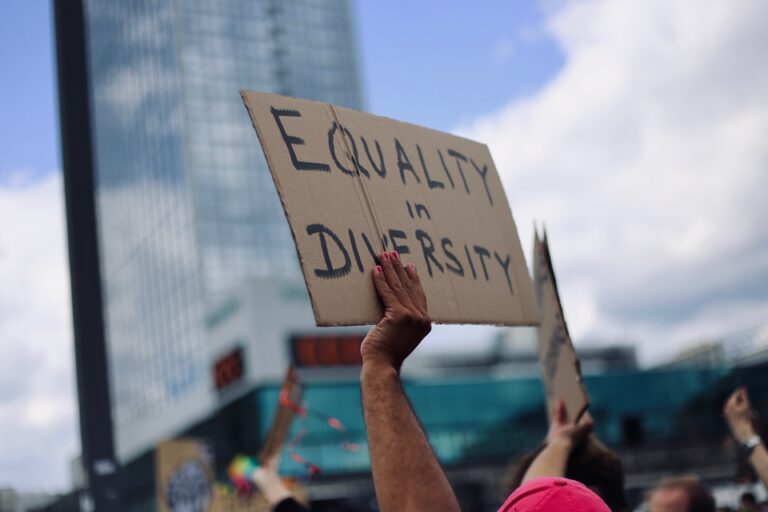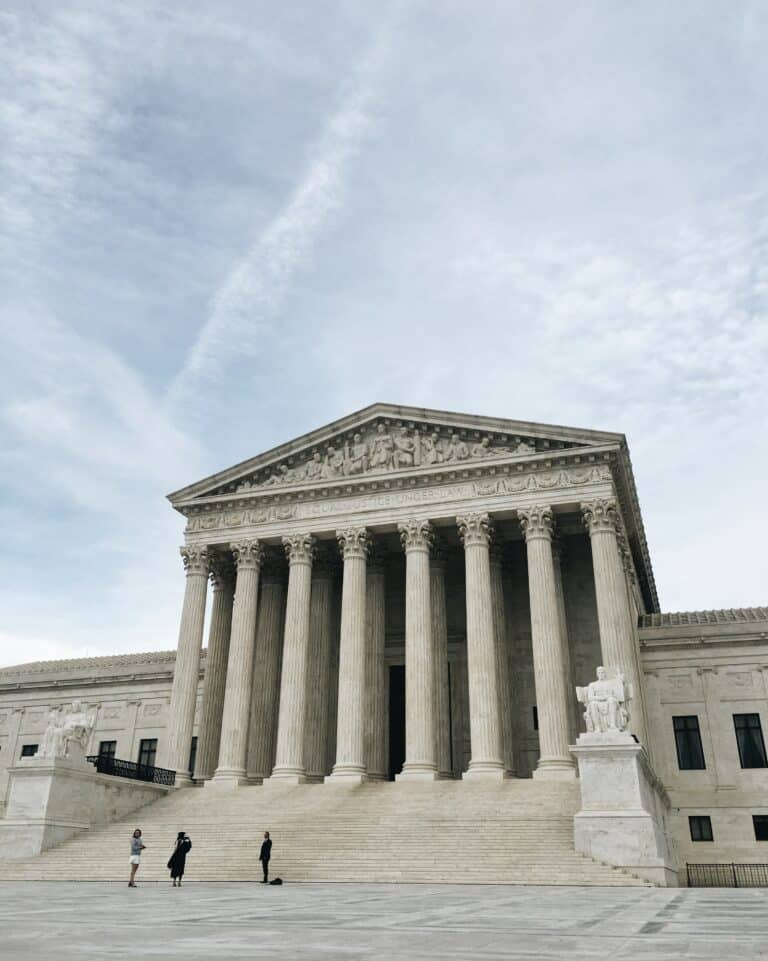
Ryan is a student at Harvard Law School and a member of the Labor and Employment Lab.
When affirmative action makes headlines, it usually concerns a lawsuit challenging the race-conscious admissions process of a college or university that is trying to diversify its student body. Prominent examples include last fall’s decision that Harvard College’s race-conscious admissions process did not violate Title VI of the Civil Rights Act of 1964 and the Supreme Court cases a few years ago holding that the University of Texas at Austin’s race-conscious admissions process did not violate the Fourteenth Amendment’s Equal Protection Clause. In such cases, college and universities often shy away from arguing that their race-conscious admissions process is remedial—viz., a leg up for subjugated races subject to societal discrimination—because, as one scholar noted in the wake of Wygant v. Jackson Board of Education, “a desire to remedy societal discrimination will not support an affirmative action plan.” Indeed, as per Richmond v. J.A. Croson Co., remedial affirmative action in higher education passes constitutional muster only if the discrimination being remedied has been “identified…with some specificity.”
However, affirmative action in the workplace looks markedly different because no law exempts employers from federal antidiscrimination laws like Title VII of the Civil Rights Act of 1964 if they adopt a race-conscious hiring process to diversify their workforce. Foreclosed from pursuing affirmative action for diversity purposes, employers are relegated to affirmative action only for remedial purposes or if a job requires a bona fide occupational qualification (“BFOQ”) based on sex, national origin, or religion. Setting aside the relatively-rare BFOQ defense, this post explains how remedial workplace affirmative action operates. To do so, consider the example of a police department paying a social media site to target African-Americans with ads for police officer positions and following through on those ads by hiring African-Americans for such jobs because of their race.
First, as Judge Sri Srinivasan of the U.S. Court of Appeals for the D.C. Circuit clarified in a recent opinion, if an employer intentionally favors racial or ethnic minorities to “expand[ ] job opportunities for minorities” and “eliminate traditional patterns of racial segregation” (i.e., societal discrimination), the relevant framework is the Supreme Court’s opinions in United Steelworkers v. Weber and Johnson v. Transportation Agency. Relatedly, if the employer intentionally favors racial or ethnic minorities to try to remedy potential disparate impact liability of its own causing, the relevant framework is the Supreme Court’s opinion in Ricci v. DeStefano. However, situations implicating Ricci are rare, so this post focuses only on the Weber/Johnson line of cases addressing employers trying to remedy de facto discrimination.
Imagine that the police department pays a social media site to target African-American job applicants because it believes that African-Americans are underrepresented in the police force due to a history of segregation. Before the department makes any hiring decisions, has its placement of the ad alone violated federal law? Plaintiffs argued as much in one recent complaint, claiming that targeting a job advertisement to a particular class of applicants (18 to 38-year-olds in this case) was tantamount to a job advertisement that indicates a “preference, limitation, specification, or discrimination” based on certain classifications like age or race, which is prohibited by federal antidiscrimination laws like the Age Discrimination in Employment Act of 1967 and Title VII. However, no caselaw has concluded as much. The only opinion addressing the issue, Bradley v. T-Mobile US, Inc., was just released last month, but it sidesteps the issue of the legality of such job ads. Moreover, as the U.S. Court of Appeals for the Second Circuit has noted in dicta, the section of Title VII prohibiting certain job abs “deals with facially discriminatory notices,” suggesting that a facially-neutral ad targeting African-Americans may not violate the law.
Next, imagine that our police department actually hires an African-American applicant and rejects a white applicant because of race. At first blush, it may look like the department violated Section 703(a) of Title VII, which forbids “refus[ing] to hire . . . any individual . . . because of such individual’s race.” Yet, in Weber, Johnson, and their progeny, courts rejected such a strict rule, holding instead that some affirmative action plans do not violate Title VII even though they discriminate based on race. In one law review article, UVA law professors George Rutherglen and Daniel R. Ortiz distilled these cases and explained the five required elements of remedial workplace affirmative action plans:
- they must be necessary to alleviate the racial (or other) imbalance,
- they must be temporary,
- they must be flexible instead of imposing a rigid quota,
- they must bear a reasonable relationship to the composition of the relevant labor market, and
- they must not place an undue burden on individuals not benefited by the plan.
Hence, to avoid Title VII liability, the police department must first show a history of racial segregation of African-American police officers. However, in Croson, the Supreme Court held that “a generalized assertion that there has been past discrimination in an entire industry” is not particularized enough to meet a similar requirement, suggesting that remedial affirmative action can only be justified upon a showing of discrimination against racial and ethnic minorities in the construction industry in Richmond, Virginia. Therefore, our police department would need to show a specific, localized history of discrimination against a particular class of employees.
Proceeding to the remaining elements, the social media ads and race-based hiring would need to be necessary to remedy that history, temporary, and flexible (e.g., no quota that X% of police officers be African-American); the department must have based its belief that African-Americans are underrepresented on the relevant labor market (e.g., consulting U.S. Census Bureau occupational and race data); and the hiring process must not unduly burden applicants of other races (e.g., the police department cannot refuse to consider white applicants). Only if the police department meets all of these requirements can it engage in remedial workplace affirmative action.
A few concluding notes are important. First, employers holding federal contracts may be subject to regulations administered by the U.S. Department of Labor’s Office of Federal Contract Compliance Programs which require such employers, inter alia, to analyze how well they utilize racial and ethnic minorities and women in their workforces and undertake affirmative action to attain sufficient representation. Compliance with these regulations may be considered remedial workplace affirmative action by another name.
Second, public employers are regulated not only by Title VII, but by the Equal Protection Clause. However, it has been more than a generation since the Wygant Court considered a public employer’s remedial affirmative action plan and held that it did not violate the Equal Protection Clause, albeit without commanding a majority of justices to explicate its rationale. Wygant’s ambiguity, compounded by intervening affirmative action jurisprudence (e.g., Grutter v. Bollinger, Fisher v. University of Texas I and II), suggests that the Court could impose new requirements independent of Title VII on public employers engaging in remedial affirmative action.
Third and finally, unlike an Equal Protection Clause analysis where race-based distinctions merit strict scrutiny, sex-based dictions merit intermediate scrutiny, and other distinctions typically merit even less scrutiny, a Title VII affirmative action analysis is identical regardless of whether employers prefer individuals based on race, sex, or other bases.










Daily News & Commentary
Start your day with our roundup of the latest labor developments. See all
May 7
Condé Nast workers reach deal; Congress considers narrowing forced arbitration; Starbucks withholds information during bargaining
May 6
Boeing locks out firefighter union members; Blue Bottle Coffee workers vote to unionize; and 80 drivers in Florida vote to join the Teamsters.
May 5
Shawn Fain calls for general strike on May Day 2028; House Democrats call for tougher labor penalties on employers; UC graduate workers will vote on striking in response to protests crackdowns.
May 3
Trader Joe's must pay union for meritless lawsuit; union workers see record wage increase; Latino worker deaths surge.
May 2
Amazon CEO's statements found to have violated federal labor law, and workers across the globe took to the streets to demand more in honor of International Workers' Day.
May 1
Tenth Circuit upholds DOL Rule; fired Google employees file NLRB complaint; Trader Joe's union vote undecided